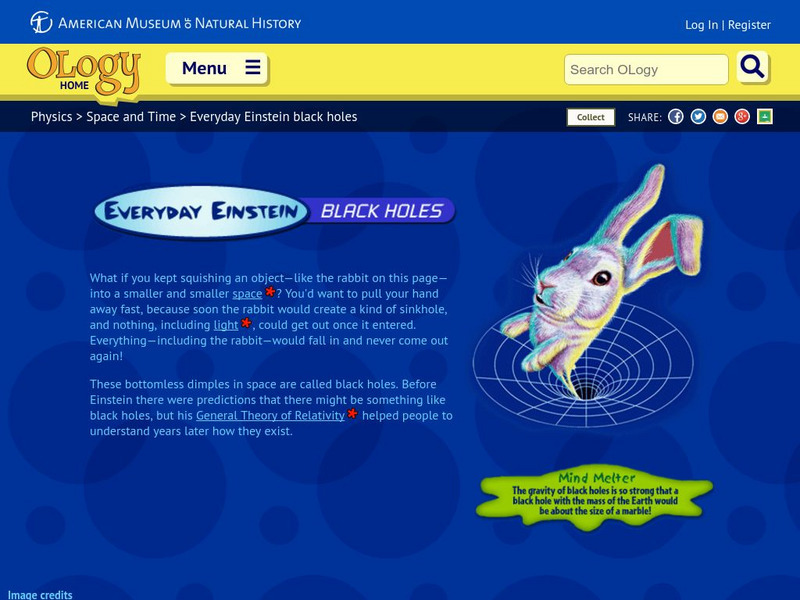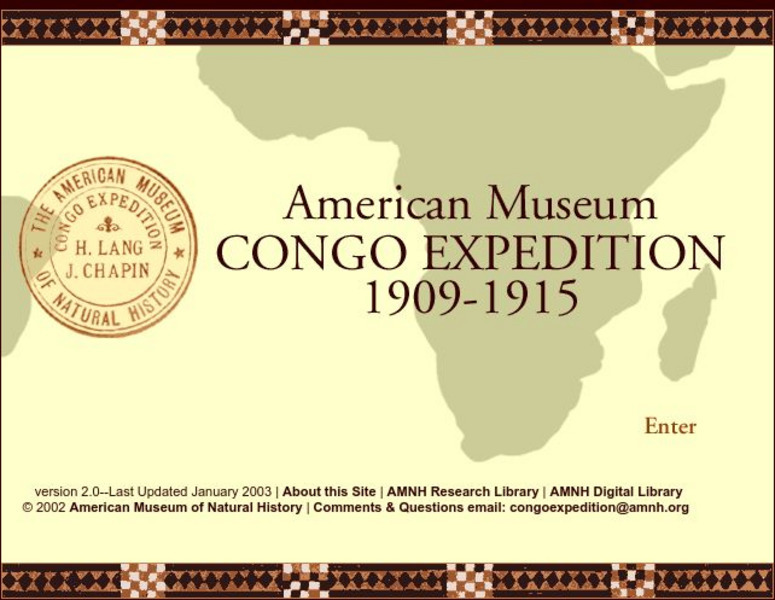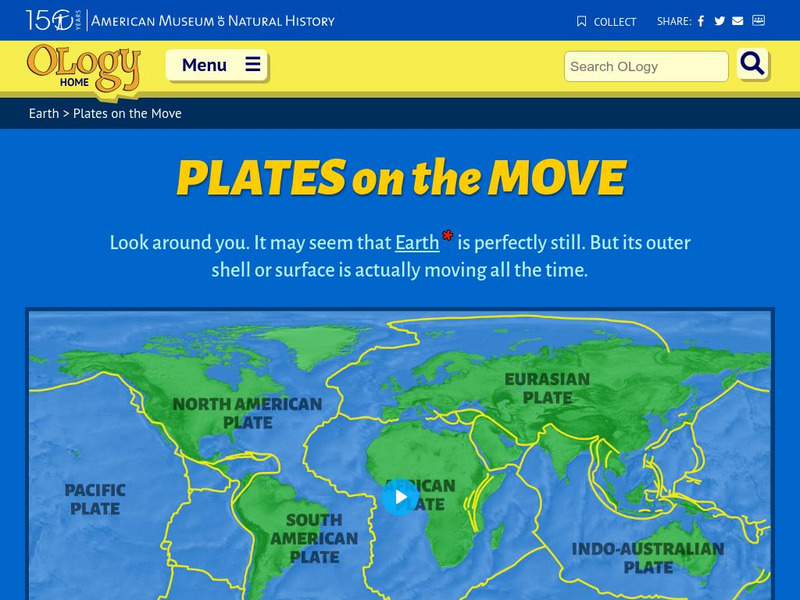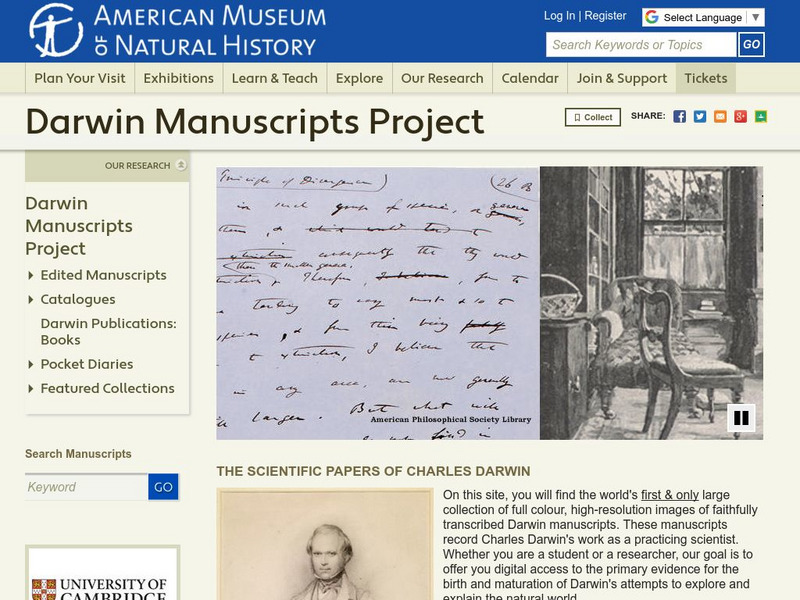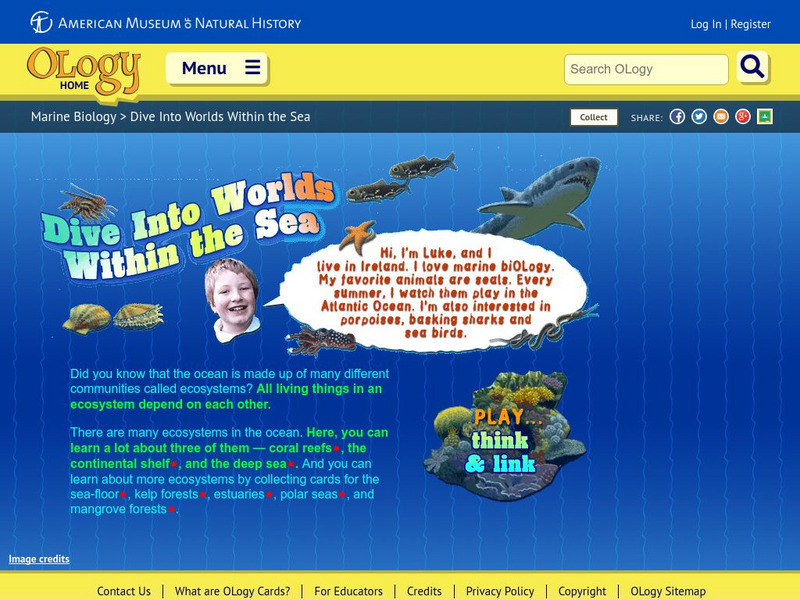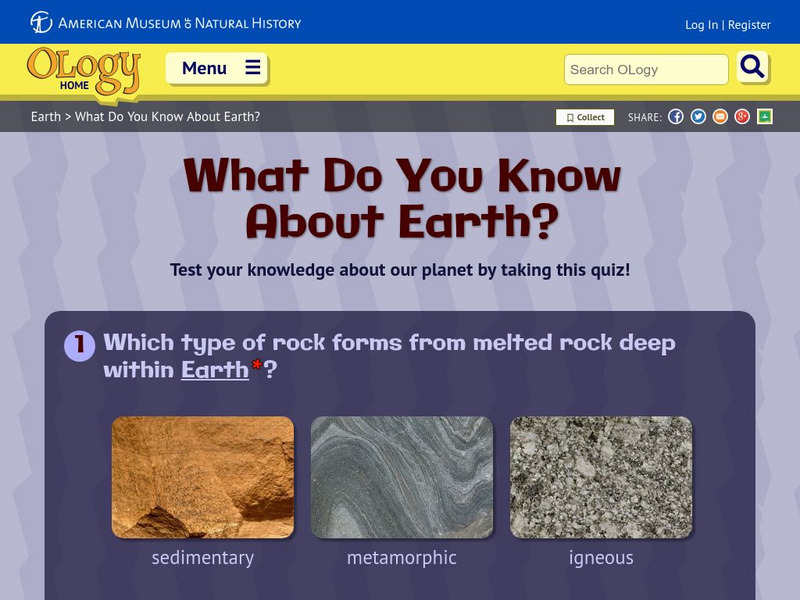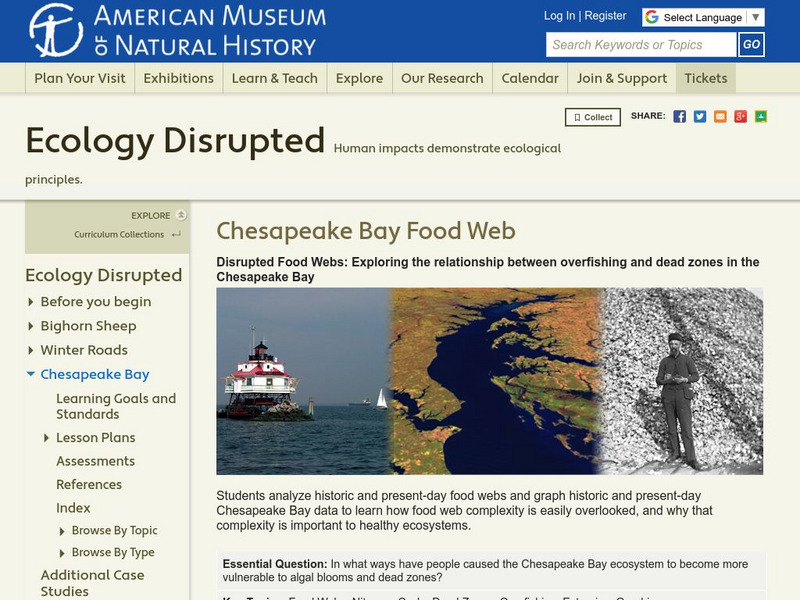American Museum of Natural History
American Museum of Natural History: O Logy: What Is the Greenhouse Effect?
An illustrated explanation of the greenhouse effect.
American Museum of Natural History
American Museum of Natural History: O Logy: Stuff to Do: Build the Big Dipper
Illustrated instructions for building a Big Dipper mobile.
American Museum of Natural History
American Museum of Natural History: O Logy: Black Holes
This is a brief explanation of black holes. Click the starred words to see interactive flashcards with more information.
American Museum of Natural History
American Museum of Natural History: Annelida
Basic facts about segmented worms: their size, number of species, where they typically live, ecological roles, and human uses.
American Museum of Natural History
American Museum of Natural History: Ology: Paleontology: The Big Dig
A collection of online games, virtual puzzles, experiments, and interviews with experts to immerse students into the world of paleontology.
American Museum of Natural History
American Museum of Natural History: Darwin Digital Library of Evolution
This American Museum of Natural History project is a valuable resource for anyone with an interest in studying evolution. They have created a digital library of Darwin's notes, publications, and manuscripts. The information is presented...
American Museum of Natural History
American Museum of Natural History: Digital Library: Congo Expedition: 1909 15
A rich-media website that traces a major expedition into the Belgian Congo (the present-day Democratic Republic of the Congo) at the dawn of the twentieth century. Includes maps, diary entries, specimens, and recordings as well as a...
American Museum of Natural History
American Museum of Natural History: O Logy: Plates on the Move
Find an interrelated set of tools--maps, animations, diagrams, photographs, and text--to help you understand tectonic plates and how they move.
American Museum of Natural History
American Museum of Natural History: Plates on the Move
Explore how plates move with this interactive site. Students choose locations on the map of Earth to see if the tectonics plate are slipping, spreading, colliding, or subducting.
American Museum of Natural History
American Museum of Natural History: O Logy: Jade
A scientist from the American Museum of Natural History familiarizes viewers with jade, a rare stone from different places around the world. Explore the scrapbook he kept.
American Museum of Natural History
American Museum of Natural History: O Logy: What's the Big Idea? Climate Change
What do people around the world need to do in order to slow the process of climate change? This resource dives into the dangers of change and proposes solutions.
American Museum of Natural History
American Museum of Natural History: Welcome to Dzanga Sangha
Connect the dots to investigate three different habitats either the forest, bai or river of the rain forest. By connecting the dots students make a food chain to see how organisms in each habitat depend on each other.
American Museum of Natural History
American Museum of Natural History: Darwin Manuscripts Project
Background information and slideshow presentation on creating the Origin of Species scientific manuscripts.
American Museum of Natural History
American Museum of Natural History: Find a Vent
Learn all about hydrothermal vents deep in the ocean and how scientists locate them. Then take a virtual expedition to the Juan de Fuca Ridge in the north Pacific and see if you can discover a new deep sea vent.
American Museum of Natural History
American Museum of Natural History: Dive Into Worlds Within the Sea
Think and Link to investigate three different ecosystem either the deep sea, coral reef or continental shelf. By connecting the dots students make a food chain to see how organisms in each habitat depend on each other.
American Museum of Natural History
American Museum of Natural History: O Logy: What Do You Know? Archaeology
A ten question quiz on the study of archaeology.
American Museum of Natural History
American Museum of Natural History: O Logy: What Do You Know? Climate Change
Test your knowledge on climate change with this short quiz.
American Museum of Natural History
American Museum of Natural History: O Logy: Meet the Zooarchae O Logist
An interview with Sandra Olsen, a zooarchaeologist studying the history of horses in Kazakhstan. Discover what zooarchaeologists work on in the interview.
American Museum of Natural History
American Museum of Natural History: O Logy: What Do You Know? Earth Science
Take a ten question quiz on the Earth's surface.
American Museum of Natural History
American Museum of Natural History: Ecology Disrupted: Chesapeake Bay Food Web
In this comprehensive lesson plan unit, students examine how overfishing has affected Chesapeake Bay's ecosystem. They will study food webs from the past and present and graph related data.
American Museum of Natural History
American Museum of Natural History: Make Your Own Mythic Mask or Puppet
Create your own masks and puppets and bring the mythic creatures to life.
American Museum of Natural History
American Museum of Natural History: If Trash Could Talk
What does your trash say about you? Take a close look inside your trash can and think about the clues it offers about your life.
American Museum of Natural History
American Museum of Natural History: Draw a Monarch Butterfly
Learn how to create a scientific illustration of a monarch butterfly in a few easy steps.
American Museum of Natural History
American Museum of Natural History: Create Your Own Time Capsule
By making time capsules, we can decide what message to send to the future about our own lives. If it were discovered years from now, what would the objects say about you and the time you lived in?


